In this blog post, we will explore the top picks for energy-efficient windows that can help you create a greener home.
As I sat in my living room on a cold winter day, I could feel the chill seeping through my windows. Despite turning up the heat, it felt like the cold air was winning the battle.
That’s when I realized that my home’s windows were not doing their job properly. This realization led me down a rabbit hole of research and discovery about energy-efficient windows.
As a blogger who writes about house windows, I wanted to share my knowledge with others who may be experiencing similar issues and help them make informed decisions when it comes to upgrading their home’s windows. In this post, I will be sharing my top picks for energy-efficient windows that can help you save money on your energy bills while reducing your carbon footprint.
So grab a cup of coffee or tea and let’s dive into the world of eco-friendly window options!
Energy-efficient Window Types
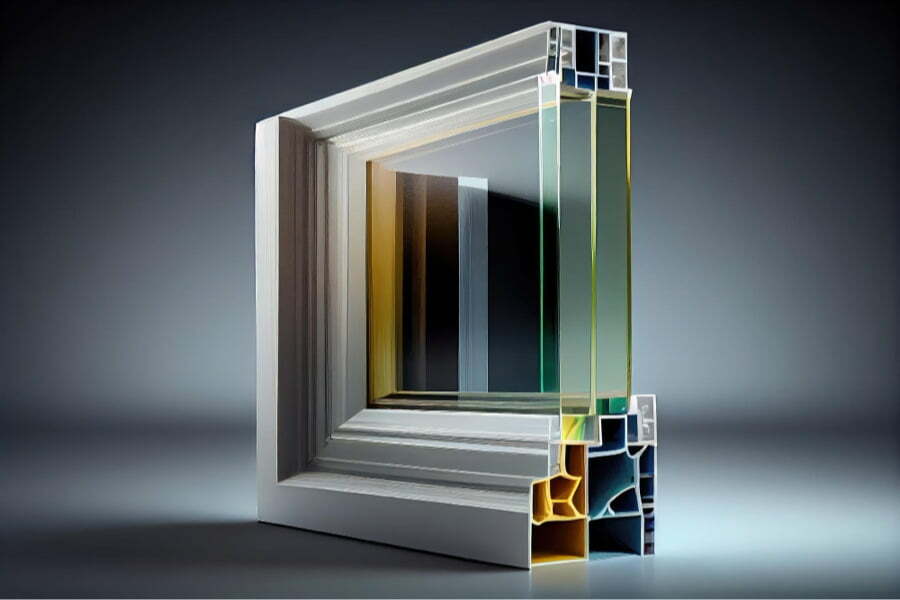
When I first started researching energy-efficient windows, I was surprised to learn that there are several types of windows available on the market. Each type has its own unique features and benefits, making it important to choose the right one for your home.
One popular option is double-pane windows. These have two panes of glass with a layer of gas in between them that acts as an insulator.
This design helps prevent heat loss during winter months and keeps cool air inside during summer months.
Another option is triple-pane windows which offer even more insulation than double-paned ones due to an additional layer of glass and gas-filled spaces between each pane.
Low-E (low-emissivity) coatings are another feature found in many energy-efficient window types. These coatings help reflect infrared light while allowing visible light through, keeping your home cooler in summer and warmer in winter without sacrificing natural lighting.
Choosing the right type of energy-efficient window can make a significant difference when it comes to reducing your carbon footprint while also saving you money on heating and cooling costs throughout the year.
Top Energy-saving Windows
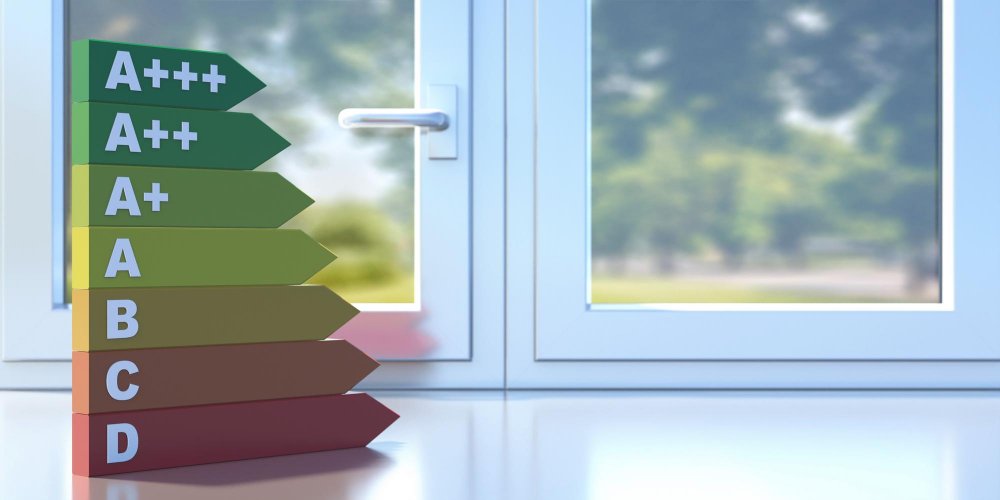
After hours of research and consultations with experts, I have compiled a list of the top energy-saving windows that can help you achieve a greener home. These windows are designed to reduce heat loss during winter and prevent unwanted heat gain during summer, making them an excellent investment for homeowners who want to save money on their energy bills while reducing their carbon footprint.
One window type that stood out in my research is double-pane windows. They feature two panes of glass separated by an insulating gas layer, which helps reduce heat transfer between the inside and outside environment.
This design makes them more efficient than single-pane windows at keeping your home warm in winter and cool in summer.
Another great option is Low-E (low-emissivity) coated windows. These types of window coatings reflect infrared light while allowing visible light to pass through, helping regulate indoor temperature throughout the year without compromising natural lighting.
Investing in energy-efficient windows not only saves you money but also contributes positively towards environmental conservation efforts by reducing greenhouse gas emissions from power plants used for heating or cooling homes. So why not make your next upgrade one that benefits both your wallet and our planet?
Green Home Window Materials
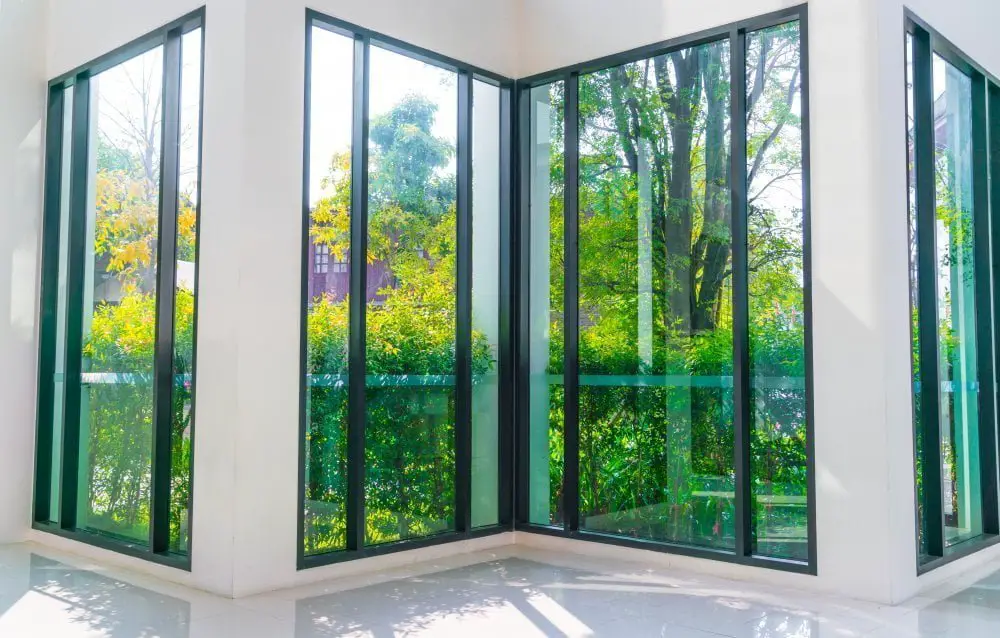
When it comes to choosing energy-efficient windows for your home, the material of the window frame plays a crucial role. As I continued my research on eco-friendly window options, I discovered that there are several materials available in the market that can help you achieve a greener home.
One of my top picks is fiberglass frames. These frames are made from recycled glass and have excellent insulation properties, making them an ideal choice for energy efficiency.
Another great option is vinyl frames which not only offer good insulation but also require low maintenance.
For those who prefer wood frames, look for ones certified by Forest Stewardship Council (FSC) as they ensure sustainable forestry practices were used in their production.
By choosing green materials like these when upgrading your windows, you’re not only reducing your carbon footprint but also supporting environmentally responsible manufacturing practices. So why not make an investment towards a greener future with these eco-friendly window options?
Window Insulation Techniques
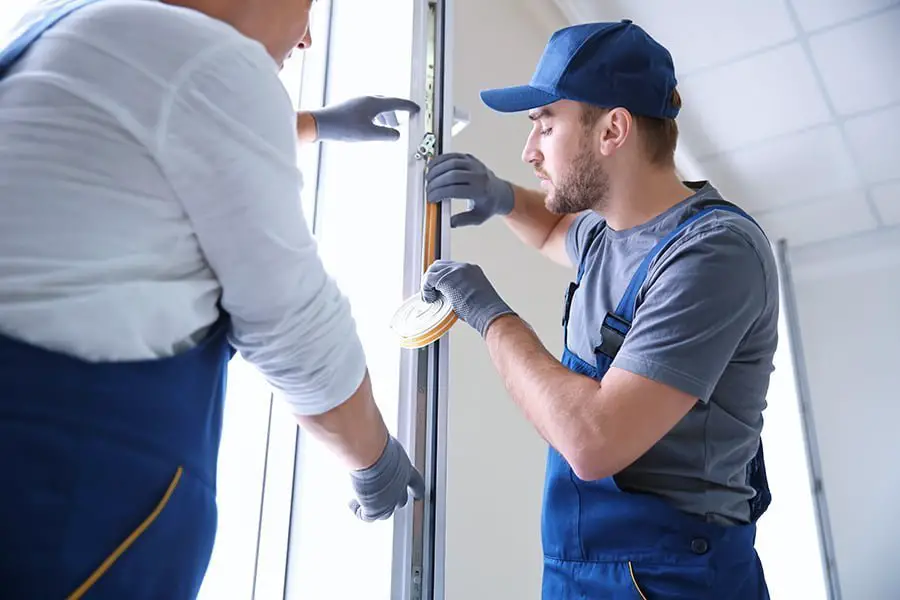
One of the most important factors in achieving energy efficiency with your windows is proper insulation. Without it, even the best energy-efficient windows won’t be able to do their job effectively.
As I continued my research on eco-friendly window options, I discovered various techniques for insulating windows that can help keep your home warm during winter and cool during summer.
One technique is weatherstripping, which involves sealing gaps around the window frame using materials such as foam tape or silicone caulk. Another effective method is adding storm windows to existing ones for an extra layer of insulation.
I also learned about low-emissivity (low-e) coatings that are applied to glass panes to reduce heat transfer through them while still allowing natural light into your home. These coatings work by reflecting infrared radiation back into a room instead of letting it escape through the glass.
By combining these insulation techniques with high-quality energy-efficient windows, you can significantly reduce your heating and cooling costs while creating a more comfortable living space all year round – something we all want!
Glazing Options for Efficiency
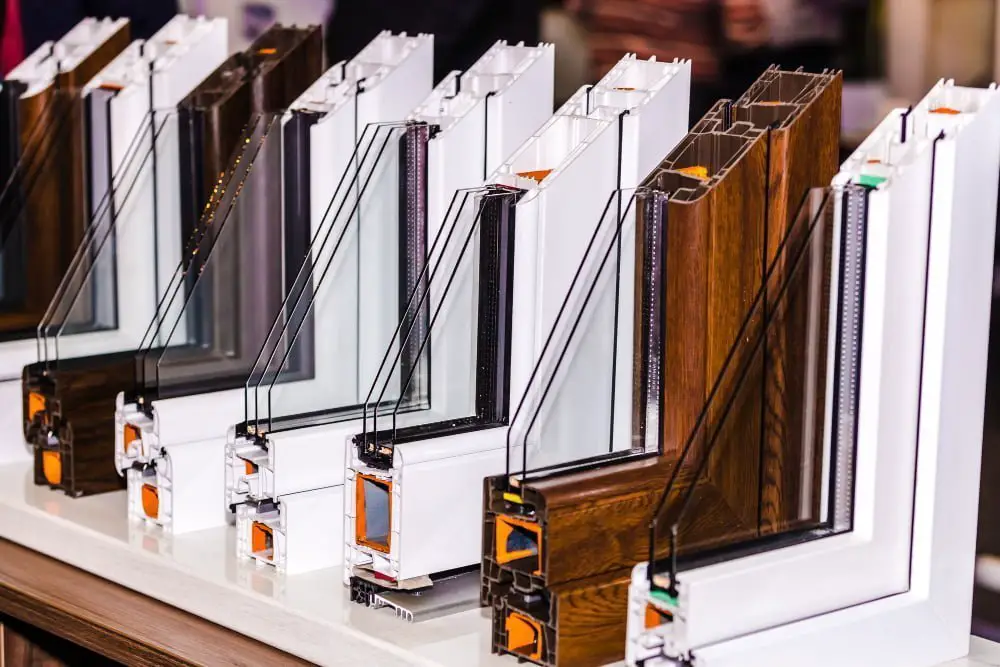
When I first started researching energy-efficient windows, I was overwhelmed by the number of options available. However, one thing that stood out to me was the importance of glazing when it comes to efficiency.
Glazing refers to the glass used in a window and can have a significant impact on its energy performance. Double-pane or triple-pane windows are popular choices for their insulating properties.
These types of windows feature two or three panes of glass with an air pocket between them that acts as insulation.
Another option is low-emissivity (low-e) coatings which help reduce heat transfer through the window while still allowing natural light into your home. This type of coating reflects infrared radiation from inside your home back into your living space, keeping you warmer in winter and cooler in summer.
When choosing glazing options for efficiency, it’s important to consider factors such as climate zone and orientation towards sunlight. For example, if you live in a colder climate with limited sunlight exposure during winter months, double-paned windows may be more beneficial than low-e coatings alone.
There are many different glazing options available when it comes to energy-efficient windows – each with their own benefits depending on individual needs and preferences. By doing research beforehand and consulting with professionals who specialize in this area like contractors or architects – homeowners can make informed decisions about what will work best for them!
Proper Installation Tips
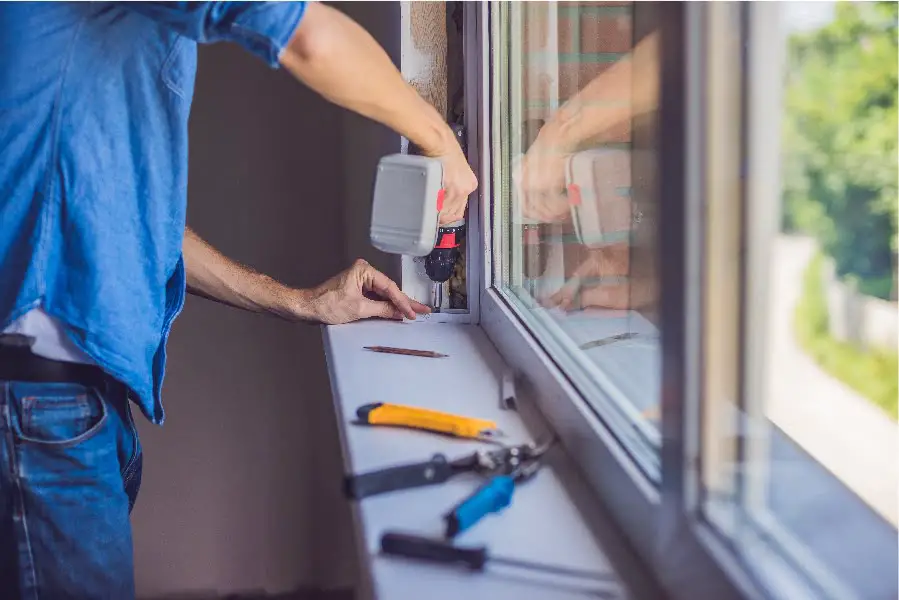
- Hire a professional: While DIY projects can be fun and cost-effective, installing windows is not something you want to take on unless you have experience in this area.
- Check for air leaks: Before installing new windows, make sure there aren’t any existing gaps or cracks around the frame that could cause drafts.
- Use quality materials: Make sure all materials used during installation are high-quality and designed specifically for window installations.
- Follow manufacturer instructions: Each brand may have specific guidelines when it comes to their products’ installations; following these instructions will help ensure optimal performance from your new energy-efficient windows.
By taking these steps during installation, you’ll maximize the benefits of having energy-efficient windows in your home while reducing environmental impact – just like I did!
Related Stories
- Energy-saving Window Options: Unlocking the Potential of Your Home
- Reducing Heating and Cooling Costs with Energy-efficient Windows: A Smart Investment
- Maximizing Natural Light with Energy-efficient Windows: Brightening Your Home
- Window Glazing and Energy Efficiency: Exploring the Possibilities
- Energy-efficient Window Upgrades: Boosting Your Home’s Performance
Recap
